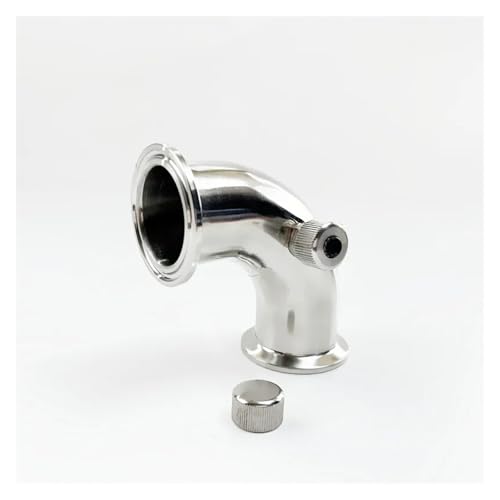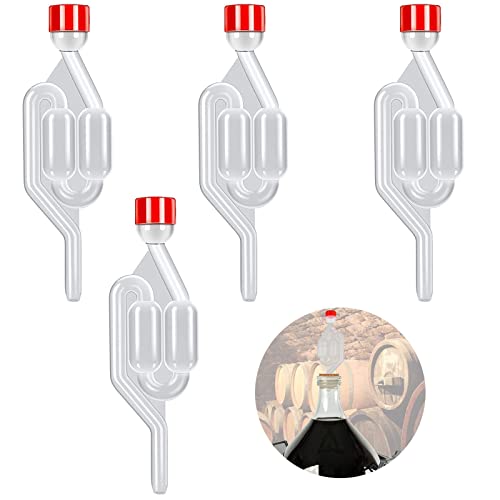For my standard brews I gauge potential alcohol from specific gravity. For my experimental stuff I want, as in all good alchemy, controlled conditions and accurate measurements. What I am missing is something to tell me the alcohol content of my final product. A brew shop owner did try to sell me a special hydrometer claiming it would do the job but refused to demonstrate it. Surely there is something, like litmus paper, that will tell me or allow my granddaughters to avoid spiked drinks. The police have devices for this but there seems to be a veil of secrecy. I would appreciate some help and / or ideas on possible avenues to explore.
Peter
Peter



































![BREWING THERMOMETER STICKERS ACCURATELY MONITOR FERMENTING BEER & WINE LIQUID TEMPERATURES 5PCS HOME BREW SPIRITS WINE LCD ADHESIVE [US]](https://m.media-amazon.com/images/I/311DDjo2X3L._SL500_.jpg)




